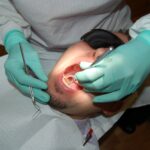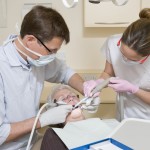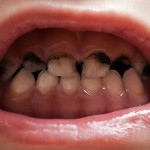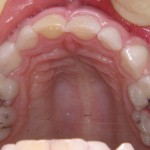
This review of domiciliary professional oral care on root caries development and progression in care-dependent older adults included 4 RCTs. While all the included studies indicated a benefit the interventions and outcomes were veriable and none were considered to be at low risk of bias.
[read the full story...]





